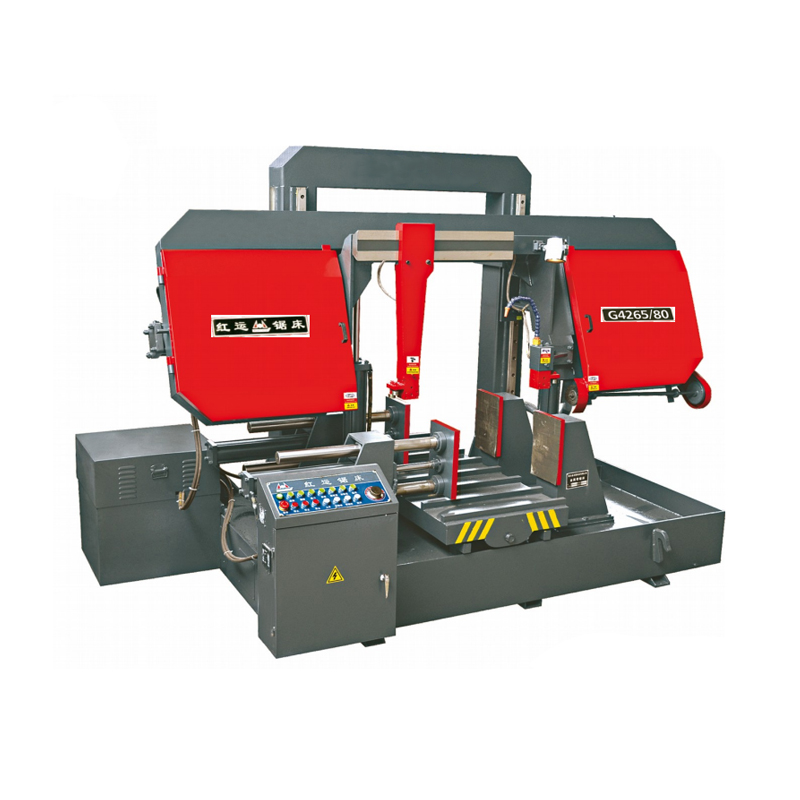Can Bridge Saw Machines Be Used for Composite Material Cutting?
Bridge saw machines are powerful tools designed for precision cutting of various materials. These machines are characterized by their bridge-like structure, which provides stability and accuracy during cutting operations. The high precision gantry of a bridge saw cutting machine allows for precise control over the cutting process, making it suitable for a wide range of applications. Typically, these machines are used for cutting stone, marble, granite, and ceramics, but their capabilities extend beyond these traditional materials.
Composite materials, such as engineered quartz and other laminates, present unique challenges when it comes to cutting. These materials are often layered and can be prone to delamination or edge damage if not handled correctly. The heat generated during cutting can also cause issues, as it may cause thermal damage in composite materials. Therefore, the cutting process must be carefully managed to avoid these problems.

Modern bridge saw machines often come equipped with CNC (Computer Numerical Control) technology, which enhances their precision and versatility. A CNC machine system can be programmed to make precise cuts, ensuring accuracy and consistency. This technology is particularly beneficial when cutting composite materials, as it allows for the optimization of cutting parameters to minimize heat generation and material damage. The ability to control the cutting speed, blade feed rate, and other parameters means that a CNC bridge saw can be fine-tuned for cutting composites effectively.
In practical terms, bridge saw machines have been successfully used to cut composite materials like engineered quartz for applications such as countertops and other surfaces. These machines can handle the thickness and complexity of composite slabs, providing custom shapes and sizes to match design requirements. However, there are several considerations to keep in mind:
1. Blade Selection: The choice of blade is crucial when cutting composite materials. Specialized blades designed for composites can reduce the risk of delamination and edge damage. These blades are often coated with materials that enhance their cutting performance and durability.
2. Coolant Systems: To manage heat generation, bridge saw machines used for cutting composites should be equipped with effective coolant systems. This helps in dissipating heat and maintaining a stable cutting environment.
3. Machine Calibration: Proper calibration of the bridge saw is essential to ensure accurate and efficient cutting. This includes setting the correct cutting speed, blade tension, and feed rate to match the specific composite material being processed.
4. Operator Training: Operators should be trained in the specific requirements of cutting composite materials. Understanding the material properties and the good cutting parameters can significantly enhance the quality of the cuts and the longevity of the cutting tools.
Bridge saw machines, particularly those equipped with CNC technology, can indeed be used for cutting composite materials. The high precision gantry and advanced control systems of these machines provide the necessary accuracy and flexibility to handle the unique challenges posed by composites. By selecting the right blades, managing heat effectively, and ensuring proper machine calibration, fabricators can achieve high-quality cuts in composite materials. As industries continue to innovate and demand more from their materials, the adaptability of bridge saw machines positions them as valuable tools in the processing of composite materials.

 English
English 中文简体
中文简体 русский
русский

